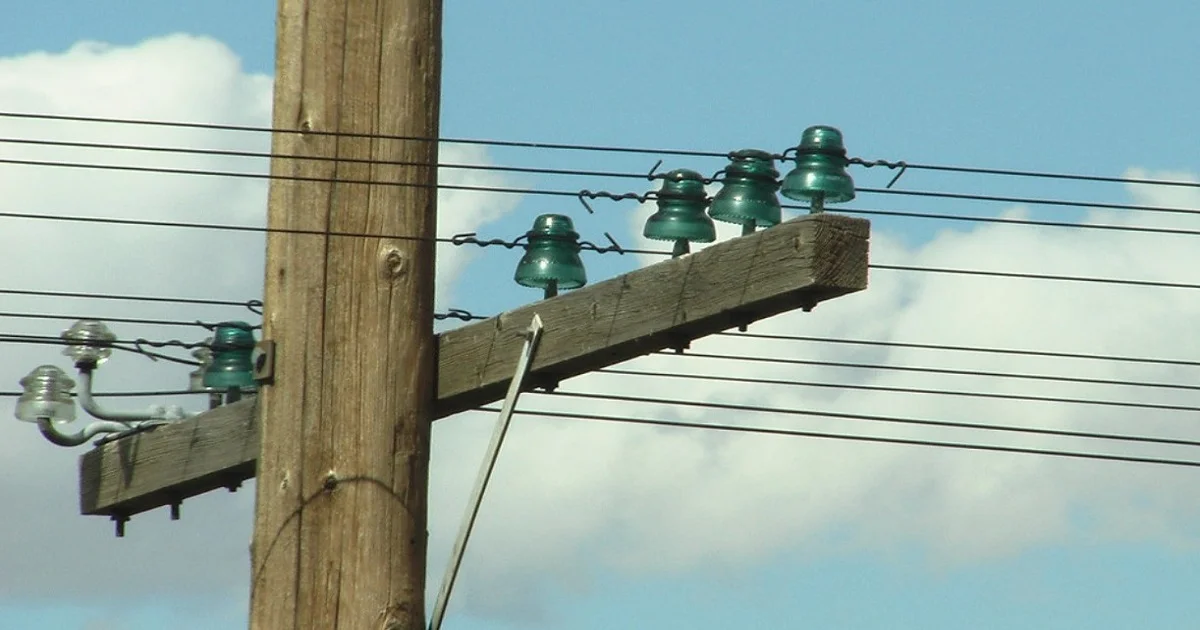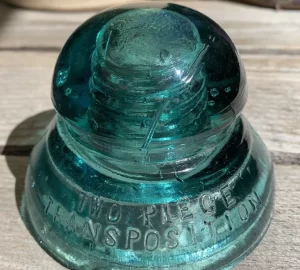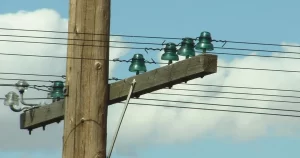I was out walking my dog last night and found this weird thing. What is it? Check top comment
“I found this, and I consider myself lucky. Who knows what it is?”
You might have noticed these glass or porcelain objects on the tops and crossarms of telephone poles, but have you ever wondered what they are and why they’re there? Well, hang tight, because I’m about to spill the beans on these unsung heroes of the communication world.
Insulators, those quirky-looking contraptions, have a vital job. Their purpose is to keep the electrical wires they cradle from having a little chat with the pole or, heaven forbid, the earth below. If they didn’t do their job, all that electricity (or those precious telephone calls) would just leak away. Imagine trying to make a long-distance call when your voice fizzles out after a few hundred feet. Not fun, right?








